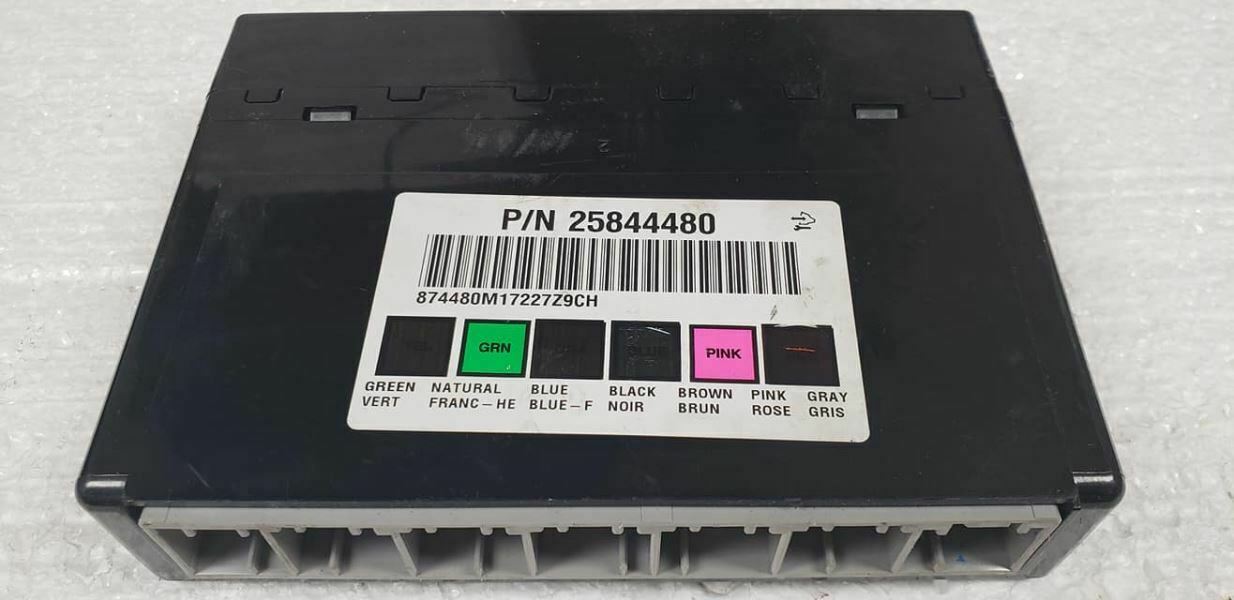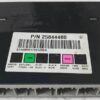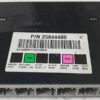If you’re dealing with baffling electrical issues in your Chevrolet Avalanche—like lights that flicker, power windows that won’t budge, or a security system acting up—you’re likely facing a failing Body Control Module (BCM). As the central command for your truck’s body electronics, a faulty BCM can cause a cascade of frustrating problems. This OEM-quality replacement, part number 20939138, is the definitive solution, arriving pre-programmed to your vehicle’s VIN for a true plug-and-play repair.
Forget about expensive dealership visits and complex programming tools. We handle the hard part for you. By programming this module with the latest GM software updates specific to your truck, we ensure it communicates flawlessly with all other systems right out of the box. This restores full functionality to your power accessories, lighting, HVAC, and more, getting your 2007-2011 Avalanche 1500 BCM system back to factory-spec performance.
Case Study: A Tricky Diagnosis
I had a 2010 Silverado in the shop last month with a classic “ghost” problem: a parasitic battery drain that nobody could pinpoint. The owner had already replaced the battery and alternator. After hooking up my multimeter, I saw a 400mA draw that wouldn’t go away. By pulling fuses one by one, I traced it to the BCM circuit. The old BCM had an internal short, preventing it from letting the accessory power circuit go to ‘sleep.’ Installing a VIN-programmed module like this one not only fixed the drain but also resolved a flickering dome light the owner had forgotten to mention. These modules are the heart of the vehicle’s comfort and convenience systems.
Is Your Avalanche Showing These Electrical Gremlins?
A failing BCM often broadcasts its issues through a variety of symptoms. Here are the most common signs I’ve seen in my 20+ years of diagnostics:
- ✔ Intermittent or non-functional power windows, door locks, or mirrors.
- ✔ HVAC blower motor stuck on one speed or not working at all.
- ✔ The dreaded airbag warning light, often accompanied by DTC B1001.
- ✔ Security system errors, causing no-start conditions or random alarm activation.
- ✔ Headlights, taillights, or interior lights behaving erratically.
- ✔ Unexplained battery drain or grounding fault codes.
A Straightforward Guide to Your BCM Replacement
Replacing the 2007-2011 Avalanche 1500 BCM is a job most DIYers can handle in their own driveway. The module is typically located under the driver-side dashboard, near the steering column.
- Safety First: Always disconnect the negative terminal from your vehicle’s battery before starting any electrical work.
- Locate the BCM: On most GM trucks of this era, it’s a black box with multiple large connectors, mounted to a bracket under the dash.
- Disconnect and Remove: Carefully unplug the electrical connectors. They have locking tabs, so be gentle. Then, unbolt or unclip the module from its mounting location.
- Install the New Module: Seat the new, pre-programmed BCM in the same spot and securely plug in all the connectors until they click.
- Reconnect and Test: Reconnect the battery terminal. Start the vehicle and test all body functions—lights, windows, locks, wipers, and HVAC—to confirm the repair.
Important Post-Installation Note: In some cases, particularly if you had an airbag light on, you may need to perform an “SDM Key Update” using a bi-directional scan tool. This syncs the new BCM with the airbag system. A brake pedal position relearn may also be required for certain models.
Verified Vehicle Compatibility List
This module is a direct replacement for part number 20939138 and is interchangeable with several other GM part numbers, including 25844480, 25835966, 15943678, and 22860591. It provides a guaranteed fit for a wide range of GM trucks and SUVs, including:
Please verify the part number on your original module or contact us with your VIN to ensure perfect compatibility.
Frequently Asked Questions
2007-2011 Avalanche 1500 BCM
Will this fix my intermittent stalling or misfire issues?
While a failing can cause security system conflicts that lead to a no-start or stall, these symptoms are more commonly related to the Engine Control Module (ECM) or fuel system. It’s best to perform a full diagnostic scan to confirm the source of the fault.


